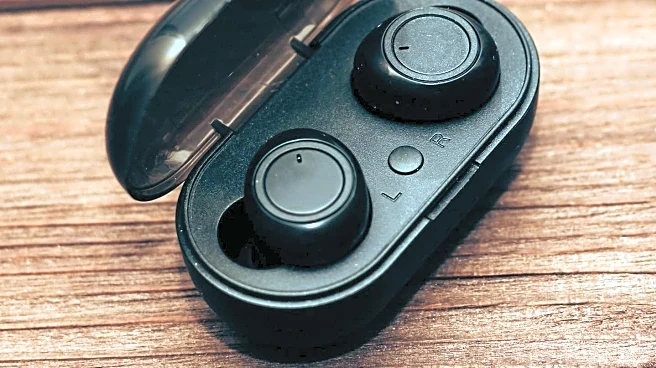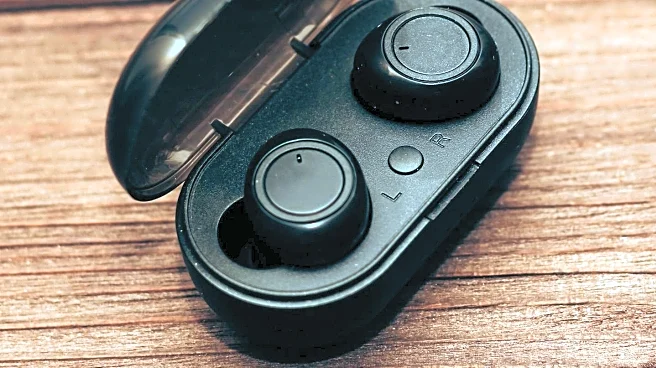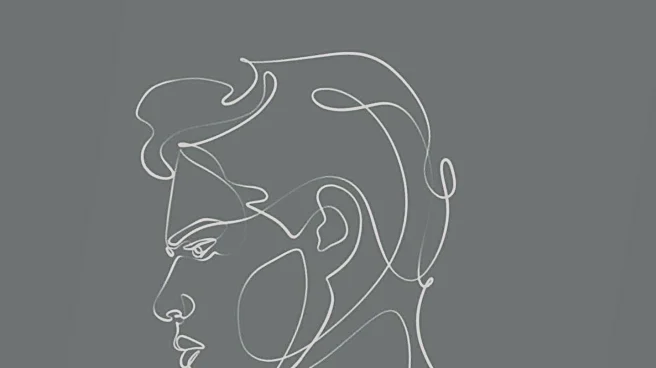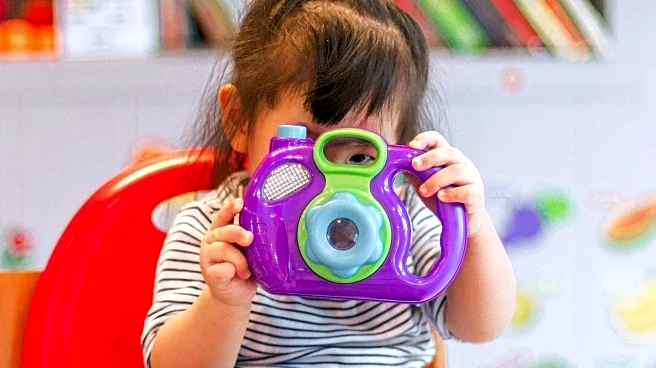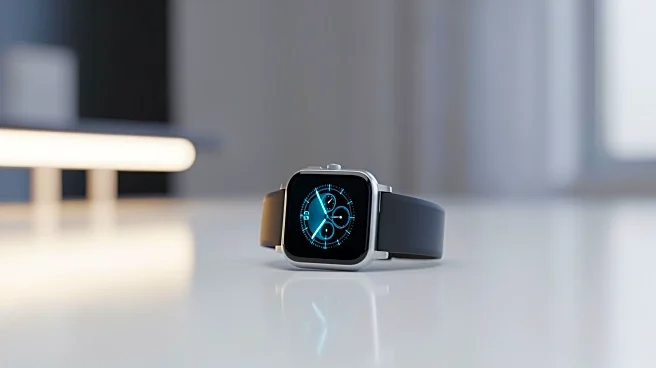What's Happening?
Loop earplugs have been identified as a beneficial tool for individuals with ADHD, helping them manage distractions and improve focus. These earplugs filter specific sound frequencies, allowing users to hear their surroundings while dampening excessively
loud or high-pitched noises. This feature is particularly useful for those who struggle with distractibility due to unpredictable sounds. The earplugs offer three levels of sound filtration, including a Quiet mode that significantly reduces background noise, making it easier for users to concentrate on tasks. The earplugs are designed to be comfortable, sitting in the ear canal without causing discomfort, even during extended use.
Why It's Important?
The introduction of Loop earplugs provides a practical solution for individuals with ADHD, who often face challenges in maintaining focus due to environmental distractions. By reducing auditory stimuli, these earplugs can enhance productivity and improve the quality of life for users. This development is significant as it addresses a common issue faced by many with ADHD, offering a non-invasive and accessible tool to help manage symptoms. The earplugs also have broader implications for anyone sensitive to noise, potentially benefiting a wide range of individuals in various settings, from work environments to social gatherings.
What's Next?
As Loop earplugs gain popularity, there may be increased interest in further developing similar products tailored to specific needs of individuals with ADHD and other sensory sensitivities. This could lead to advancements in wearable technology designed to enhance focus and comfort in noisy environments. Additionally, the success of these earplugs might encourage more research into non-pharmaceutical interventions for ADHD, expanding options for those seeking alternative methods to manage their condition.
Beyond the Headlines
The use of Loop earplugs highlights the growing trend of personalized solutions in managing ADHD symptoms. This approach reflects a shift towards understanding and accommodating neurodiversity, promoting inclusivity in product design. The earplugs also underscore the importance of considering sensory needs in everyday environments, potentially influencing how public spaces are designed to be more accommodating for individuals with sensory processing challenges.
